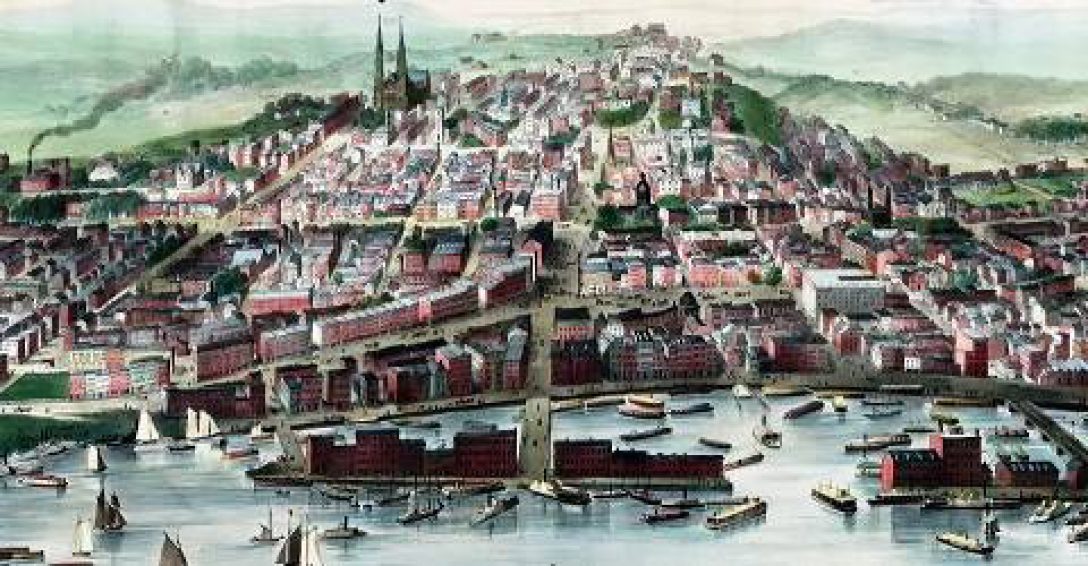
Before the phone, before radio, before TV, before the Internet, before texting, people communicated by and got their news from the telegraph. To send and receive telegrams every city had a fleet of telegraph boys. By the late 1800s they mostly road bicycles, but walked in more crowded downtown areas. These uniformed young men ages 10 to 18 worked outdoors with no supervision and union benefits.


Albany’s telegraph boys, numbering about 30, went on strike in 1903 and 1915. Said one of the boys, “Dey want to pay us $14 per month (about $350 in today’s dollars) and den sneak 3 Sundays from us. We want 2 cents a message and 3 cents a call. We can make more on commission than regular a salary.”
In the later strike the boys were incensed that thousands of messages were delivered to the NYS Legislature in bulk, depriving them og their 2 cents a message. An 1886 an Albany Argus article extolling the necessity of telegraph boys posited, “In the process of time we may arrive at some invention which will entirely obviate all need of any intermediary to distribute telegraphic messages as they arrive. Telegraph wires may be laid on every house, like water and gas. Or as we have hinted, telephones may come into general popularity. Or a patent double-barrelled automatic and mechanical telegraph boy may be discovered in the dim and distant future, which will bring our messages around to out separate doors with lightening like rapidity and unfailing regularity. There would be no fear of mechanical boys playing chuck-fathing* in the gutter. These developments may, we repeat, may be reserved for posterity to gloat over. At present, however, we can not do without the human, the much too human, telegraph boy. He indisputably holds the field.”
* similar to pitch penny


Al Quaglieri

[…] The Friends of Albany page, “The Telegraph Boys of Albany.“ […]
LikeLike